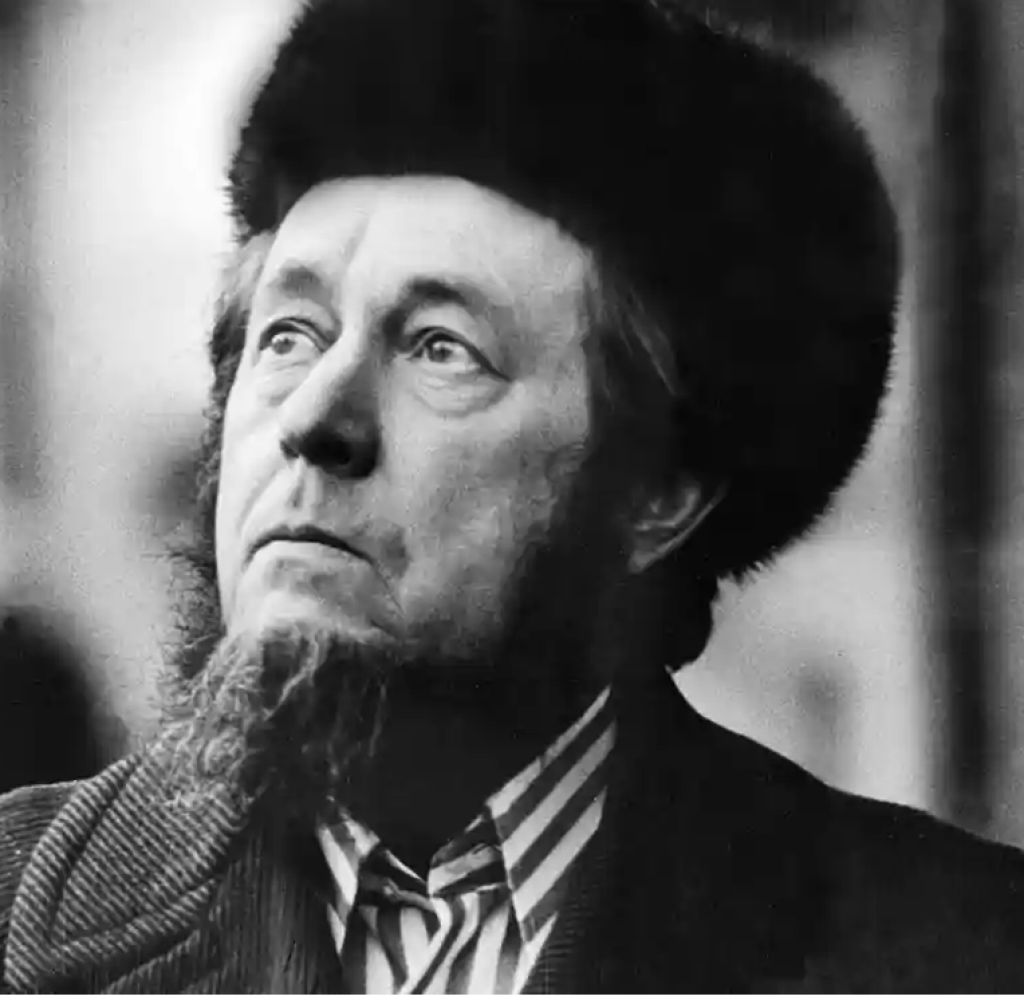This is the second installment of Murder on the Leviathan portion of “Rereading Akunin .' For the introduction to the series, and subsequent installments, go here.
Last time, I noted that Akunin didn’t seem to be inclined to rack up a high body count on the ship. I stand corrected. Part II culminates in another murder: Professor Sweetchild, with a scalpel, in his cabin.
Now that we are two-thirds of the way through the novel, its priorities are starting to become clear. Even as the story benefits from a kaleidoscopic array of alternating narrators and viewpoint characters, what the reader primarily learns is how poorly the characters understand one another.[1] More than that, we see how often their understanding is filtered through their national and racial backgrounds.
I say this with some hesitancy, because I’m aware that it can seem like it’s just my own hobbyhorse. A typical lefty American, I’m examining everything through the prism of identity politics. And yet…
And yet Murder on the Leviathan simply begs to be read in such terms. It’s one thing to have nineteenth-century characters casually express their bigotry, since it can be in the service of appropriately reproducing the period. But the characters in Murder on the Leviathan are an international cast who revel in making generalizations about the people who do not resemble themselves. The casual epithets about the Japanese doctor Gintaro Aono are too numerous to count, while his own narration continually conveys his disdain for the “red-headed barbarians” who surround him. Fandorin is, naturally, an exception, which is signaled by Aono’s observation that “[t]he Russian diplomat is a man of profound, almost Japanese intellect.”
Aono, while preparing to demonstrate why Kleber should be consider a suspect, justifies his methods in terms of both culture and gender:
Oh, you noble European knight (who has never existed except in novels)! In fighting with men, use the weapons of a man, but in fighting with women, use the weapons of a woman. That is the samurai code of honor, and there is nothing villainous in it, since women know how to fight every bit as well as men. What contradicts the honor of the samurai is to employ the weapons of a man against a woman or the weapons of a woman against a man. I would never sink as low as that.
The British Clarissa Stamp, on that self-same Gintaro Aono:
After all, wolves looked like dogs, didn’t they, but their nature was quite different. Of course, the yellow-skinned races had a moral code of their own, but it was so alien to Christianity that no normal person could possibly understand it. It would be better if they didn’t wear European clothes or learn how to use cutlery— that created a dangerous illusion of civilization, when there were things we couldn’t possibly imagine going on under that slickly parted black hair and those yellow foreheads.
Lest we think that such generalizations are the sign of a limited or unlikable character, we should recall the argument Fandorin uses to disprove accusations against Aono:
“The problem is, commissioner, that you think like a European, but M-mister Aono has a different, Japanese, logic, that you have not made any effort to fathom. I, however, have had the honor of conversing with this gentleman, and I have a better idea of how his mind works than you do. M. Aono is not simply Japanese, he is a samurai, and he comes from an old and influential family.
He continues:
Christian culture is based on a sense of guilt. It is bad to sin, because afterward you will be tormented by remorse. The normal European tries to behave morally in order to avoid a sense of guilt. The Japanese also strive to observe certain moral norms, but their motivation is different. In their society, moral restraints derive from a sense of shame. The worst thing that can happen to a Japanese is to find himself in a situation in which he feels ashamed and is condemned or, even worse, ridiculed by society. That is why the Japanese are so afraid of committing any faux pas that offends the social sense of decency.
Yes, a Japanese man’s innocence is demonstrated almost entirely through an explanation about his group identity, rather than his individual actions. Even when it comes to the specifics, everything can be explaining by his inalienable alienness: he didn’t have the whale badge displayed by the other first-class passengers because the initials on it, for “Jasper-Artaud Partnership,” spell “JAP.” Fandorin convinces Inspector Gauche of this reasoning by asking him how he would like to “wear a badge that said ‘Frog’?”
No matter how individuated the characters, they easily revert to national scripts. On more than one occasion, when a murder suspect is identified, the presumably innocent parties start to argue about jurisdiction. Gauche sings the praises of the guillotine, while the Brits insist on the gallows.
If we push just a little at Murder on the Leviathan, we start to see how much of it depends on race and colonialism. Yes, I know this sounds like the usual suspects, but hear me out.
Bodies that (Don't) Matter
The presumably murderous (and actually murdered) Negro of the previous part does manage to haunt the rest of the novel, however obliquely. Aono is suspicious of Regina Kleber: her skin is so pale and white; how is it that the fingers of the big black man (his hulking size is always emphasized, of course) left no mark? [2]
In fact, the lack of a mark proves to be a telling trace. Once again, Fandorin comes to the rescue with ethnographic generalizations (this time in Part III). Having already identified the Negro’s ethnic background, he remarks:
I told you I had seen slaves from the Ndanga people before, when I was a prisoner of the Turks. Do you know why they are valued so highly? Because, for all their great strength and stamina, they are exceptionally gentle; they have absolutely no aggressive instinct. They are a tribe of farmers, not hunters; they have never fought a war against anyone. The Ndanga could not possibly have attacked Mme. Kleber, not even if he was frightened to death. M. Aono was surprised, at the time, that the savage’s fingers had left no bruises on the delicate skin of your neck. Surely that is strange?
In Part II, Fandorin notes that the poor, simple Negro had probably boarded the Leviathan because he had been captured by slavers and taken by boat; upon his escape, he “evidently believed that since a ship had taken him away from his home, another ship could take him back.” Either his naivety is tragic, or Fandorin’s condescension infuriating, but this claim places the African firmly in a nexus of commerce, greed, and mercantile exchange. Thus we should not be surprised that he is responsible for stealing so many of the passengers’s small items: “Our poor Negro was evidently a practical individual who did not intend to return home empty-handed.”
Everything about the novel's treatment of the Negro strips him of any possible individuality, including Fandorin's sympathetic explanation: for Fandorin, the Negro is a representative example of a group, all of whom apparently share the same broad traits (great strength and stamina, gentleness). And, as a representative of said group, he is understandable and understood entirely within the context of his market value (those admirable traits), his vulnerability to market forces (trafficking), and his inevitably unsuccesful resistance. The Negro becomes the living (and, quickly) dead embodiment of the dehumanizing greed that characterizes both the system that enslaved him and the motivations of so many of the passengers, including, but not limited to, the actual culprit(s).
Two important tales are told in this section. One is the folk story about three Maghreb merchants who treck through the desert in pursuit of ever greater treasure, carrying more than their bodies can possibly handle. In the end, they encounter the demon of avarice, a “monster with a black face and burning eyes,” and realize that they are doomed. The tale points back to the original murders that started the novel, but also foreshadows the greed that will tear the ship’s traveling companions apart by the book’s end.
The other tale is one of the many exploits of the Belgian murderer and swindler Marie Sanfon, who may or may not be on the ship. In a small German principality, a noblewoman shocks her family by giving birth to a black baby. The father is beside himself, until the doctor suggests they approach a miracle worker named van Sanfon, who, for a hefty fee, could exchange the child for a white baby. After she apparently succeeds, the father showers her with gifts, only later noticing that the baby bears his family’s birthmark. At the time, no one realizes that Fraulein van Sanfon had a Senegalese maid in her employ, and had masterminded everything from start to finish.
A novel about a group of Europeans plus one Japanese man on a ship, trying to determine which of them murdered 11 French nationals in Paris in the late 1870s, is not primarily about black bodies. To the contrary, it would have been quite easy to write such a novel without giving even a glimpse of a black face, yet Murder on the Leviathan has three: the escaped slave, the tell-tale black baby, and the black-faced demon of avarice in the story of the Maghreb merchants. What is going on?
At this point, I’m willing to revise my initial assessment of the disturbing casualness with which the Negro is dispatched in Part I (if not my discomfort with the familiar “attacking a white woman” script). Part III is going to treat us to the spectacle of Tragic Hidden Brownness, but even without that particular twist, Akunin scatters living and dead black bodies at the scenes of avarice-driven crimes and follies. In Murder on the Leviathan, black characters are never subjects in their own right, but they do relentlessly signify (even if their silence excludes them from the framework that Henry Louis Gates Jr. elaborates in his ground-breaking study, The Signifying Monkey). They run the gamut from actual Trickster (the demon in the Maghreb story) to Trickster accessory (the black baby) to the tricked (the escaped and murdered slave).
In a tale of international intrigue, cross-cultural misunderstanding, and stunning examples of sheer selfishness (both personal and national, as we will see in the next part), the black bodies are the remainder left over as the loot is being divided up.
Note
[1] Akunin will try a version of this trick again in Tam… (There...), the first novel written under the pseudonym Anna Borisova.
[2] I am using the term "Negro" here because that is how Bromfield (correctly) renders the Russian term "negr," both of which are period-appropriate. It will only be used to identify this particular character, since that is the only name the novel ever gives him. Even when Fandorin offers something slight more specific ("the Ndanga people"), it never sticks.



